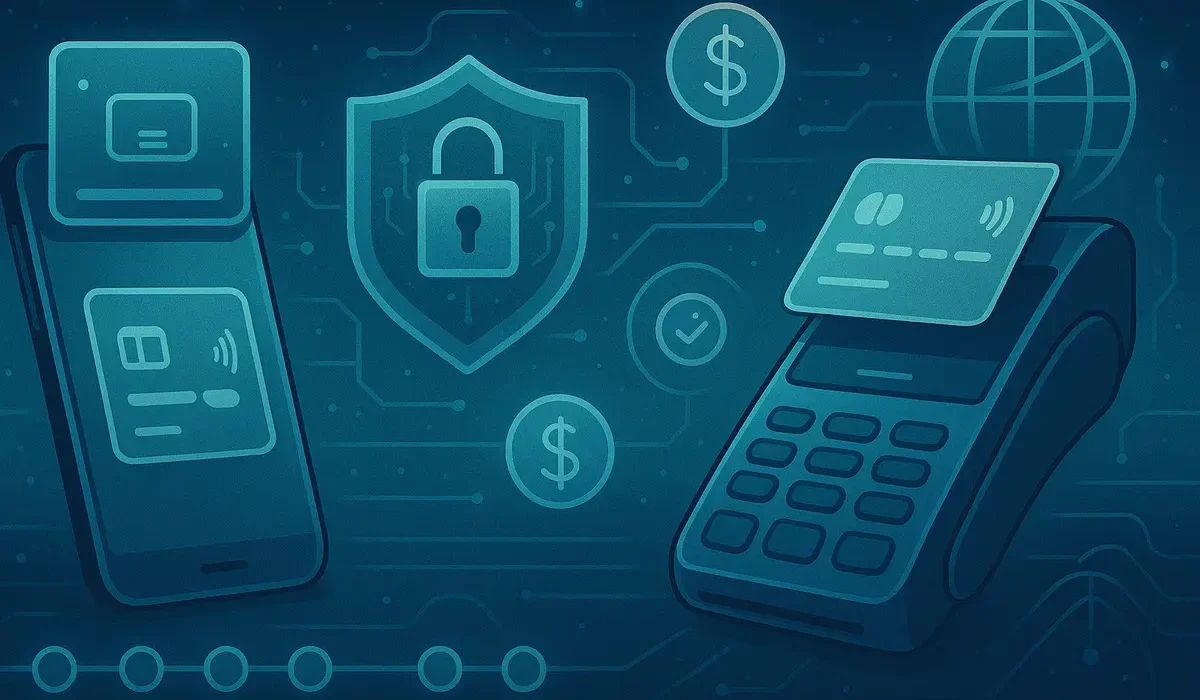Invisible Payments: Virtual Cards, Real‑Time Routing, & Tokenization
In the age of seamless commerce, “invisible” payments are transforming how money moves—behind the scenes, securely, instantly, and without friction. Key pillars include virtual cards, AI-driven real-time routing, and tokenization. Here’s why these cutting-edge trends are essential for modern payment platforms like TTRPay.
1. Virtual Cards: The Silent B2B Revolution
Virtual cards—digital-only cards generated per transaction—are quietly overtaking checks and physical cards in B2B payments.
-
Explosive growth: Global virtual card volume in the U.S. is projected at $662 billion in 2025, up 25% from 2024, though still trailing behind ACH’s dominance in B2B (~$17.6 trillion).
-
Operational benefits: Issued instantly with spending rules, expiration, and merchant restrictions—they enable granular expense management, minimize fraud exposure, and simplify reconciliation.
-
USE CASE: Highnote and Splitit teamed up to embed BNPL into wallets via tokenized virtual cards—real-time, card-linked installments at the point-of-sale.
For TTRPay’s clients—like SaaS platforms, marketplaces, and mid-market merchants—virtual cards can dramatically streamline treasury, compliance, and expense workflows.
2. Real-Time Routing: Smart, AI-Powered Transaction Paths
Gone are the days of static routing. AI-driven smart routing optimizes transaction success, based on real-time performance data.
-
Proven uplift: Razorpay employs ML models to assess terminal success stats, improving authorization rates by 4–6%.
-
Agentic AI orchestration: Providers like Thredd are deploying transaction-specific AI agents to route dynamically. These agents analyze intent and context at lightning speeds to choose optimal gateways or cards.
-
Platform adoption: UATP and IATA confirm airlines are embedding AI routing to handle virtual cards, BNPL, tokenization, and A2A methods.
For TTRPay, integrating smart routing could boost acceptance, minimize declines, and offer superior multichannel resilience.
3. Tokenization: The Invisible Security Backbone
Tokenization replaces sensitive card data with secure “tokens,” reducing fraud risk and enabling new payment models.
-
Network adoption: Mastercard reports 35% of transactions are tokenized; Visa added 1 billion tokens last quarter, achieving ~50% e-commerce tokenization.
-
Regulatory push: Mastercard aims to eliminate manual PAN entry in Europe by 2030—tokens will be the exclusive payment credential Glenbrook Partners, LLC.
-
Emerging use: Tokenization underpins agentic commerce (e.g., Mastercard Agent‑Pay, Visa Intelligent‑Commerce), stablecoin rails, and programmable money via blockchain-enabled fiat tokens.
Implementing robust tokenization across card-not-present, wallets, and virtual cards ensures PCI compliance and seamless future integrations.
4. Current Trends & Innovations
A. Invisible Checkout Everywhere
-
Hospitality & travel: Over 90% of guests now expect embedded, mobile-first checkouts. Hotels report a 2–4% uplift in approvals thanks to network tokenization.
-
Virtual BNPL: Splitit + Highnote demonstrated real-time tokenized virtual card installment payments inside wallets.
B. Agentic AI Payments
-
Thredd’s AI agents analyze intent per transaction and manage real-time decisions—including routing, splitting, and issuer selection—for improved speed and accuracy.
C. Tokenization Evolution
-
Payments to blockchain: Visa’s Tokenized Asset Platform lets banks mint, burn, and transfer fiat-backed tokens, bridging legacy rails and blockchain ecosystems.
-
PAN-free future: With Mastercard phasing out PAN in Europe by 2030, tokenization is becoming the industry standard
5. TTRPay's Strategic Recommendations
A. Launch a Virtual Card Engine
Enable client creation of single-use or limited-scope cards tied to wallets or APIs for expense control, spend visibility, and fraud defense.
B. Integrate AI-Based Real-Time Routing
Use ML to analyze send->garner performance across gateways, cards, and currencies for smarter path selection and increased success.
C. Expand Tokenization Coverage
Support network, merchant, and wallet tokens across platforms to ensure compliance, security, and readiness for agentic commerce.
D. Prototype Agentic Payment Capabilities
Partner with providers like Thredd to trial AI agents that advise on payment instrument, split transactions, or suggest installment usage.
E. Showcase Invisible Payment UX
Develop blog case studies highlighting (1) virtual cards in action; (2) instant intelligent routing; (3) token-first security—raising TTRPay’s brand as a technology-forward partner.
Invisible payments are more than a buzz term—they reflect a structural shift in how payments are delivered: instantaneous, secure, intelligent, and hidden from view. At TTRPay, embracing virtual cards, real-time AI routing, and network-wide tokenization will deliver immediate client benefits and lay the foundation for future innovations like agentic payments and programmable stablecoins. These pillars should anchor both your product roadmap and your content strategy.

